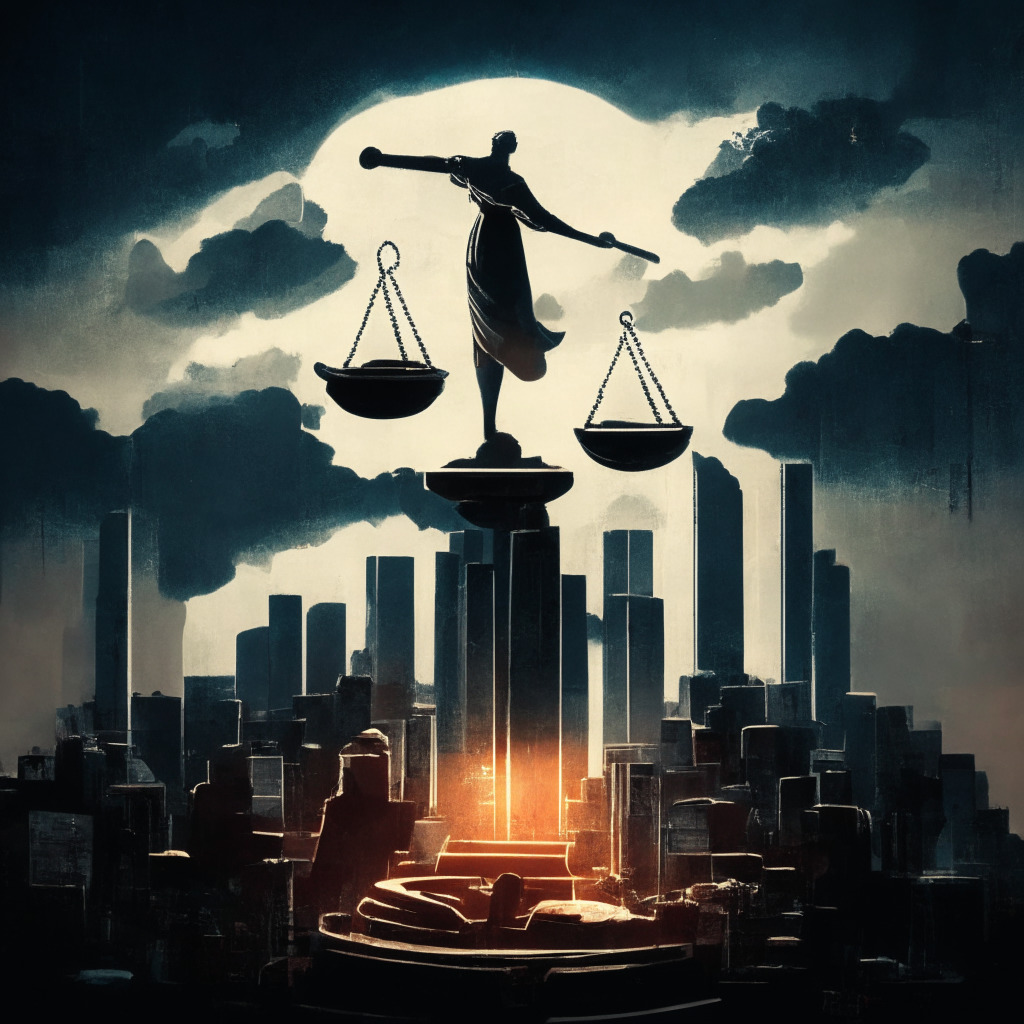The U.S. District Judge Analisa Torres of the Southern District of New York has taken the next critical step in the much-anticipated ‘SEC versus Ripple‘ case. The proceedings have now been referred to Magistrate Judge Sarah Netburn, as first reported by journalist Eleanor Terrett.
In this critical juncture of the litigation, the parties typically engage in discovery and raise objections, hinting that a settlement might soon be on the table. Notably, experts suggest the United States Securities and Exchange Commission (SEC) is unlikely to oppose the recent rulings by Judge Torres.
Zooming in on these recent developments, Judge Torres dismissed the claim that Ripple broke the law by listing its XRP token on public exchanges on July 13. This legal success for Ripple suggests that XRP is not a security, a conclusion with significant bearings on the broader crypto market.
Yet, the charge that XRP was sold as a security when Ripple directly marketed it to investors remains. The SEC emphasizes aspects of XRP’s marketing that could lead investors to perceive it as a security, warranting further scrutiny under Judge Netburn.
This comes after Judge Netburn ordered the release of the long-awaited “Hinman Documents,” a set of SEC files containing text from director William Hinman’s 2018 speech. These documents were anticipated to be the evidence that would tip the scales of the case, with their release sparking significant attention within the crypto community.
While the release may not have had the expected impact, it has certainly shaped the narrative and sentiment within the crypto space. Judge Netburn’s active involvement and historical questioning of the SEC’s assertions in the case instills hope that the positive sentiment will persist.
The ripple effect of these court proceedings has been felt within the crypto markets too. Despite a dip from last week’s peak trading, XRP is up over 56% since July 13.
The imminent face-off between the SEC and Ripple shows the growing pressure regulators are exerting on crypto businesses. Striking a balance between innovation growth and investor protection will require judicious legal and regulatory decisions. Whether this case will become a precedent for future crypto regulatory battles, only time will tell.
Source: Cointelegraph




